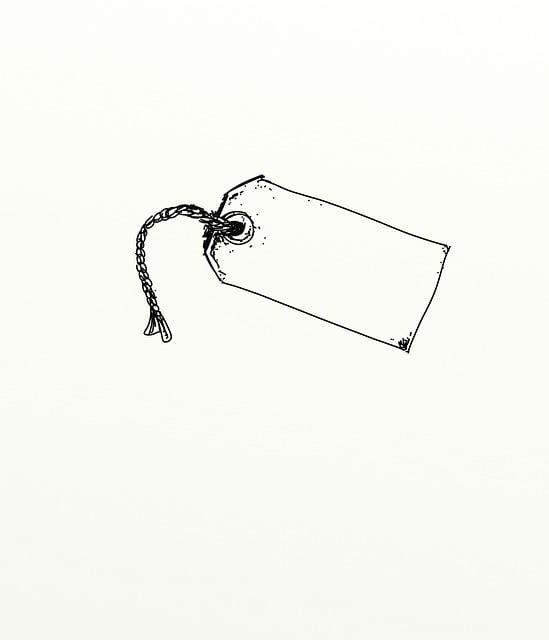In London, skin tag removal can be approached through various methods, including medical techniques like cryotherapy, electrosurgery, and surgical excision, or through natural remedies such as vinegar. The latter involves using a diluted solution of pure medical-grade acetic acid to promote drying and eventual detachment of the skin tag. This home remedy is applied with a cotton ball for a set duration before being washed off, offering a cost-effective and simple alternative to professional care. For those interested in a home-based solution, apple cider vinegar (ACV) is a viable option, with clear instructions available for its application. It's important to start with a patch test and consult a healthcare professional to ensure this method is safe for your specific health profile and skin type. The process involves applying the ACV mixture to the skin tag, securing it with a bandage, and repeating twice daily until the skin tag falls off, typically within several days while minimizing scarring. Regular monitoring for adverse effects such as pain or infection is essential, and individuals should be prepared to seek medical attention if necessary. This method aligns with London's home remedy culture, providing a cautious yet effective approach to skin tag removal. Remember that safety is paramount, and professional consultation with a dermatologist is advised before attempting any at-home treatment. Skin Tag Removal London encompasses these various options, ensuring there is a method to suit individual preferences and circumstances.
Exploring effective and natural skincare solutions, this article delves into the process of removing skin tags with vinegar, a popular home remedy among Londoners seeking a safe alternative to medical procedures. With an array of removal options available in London, apple cider vinegar stands out as a cost-effective and readily accessible solution. We’ll guide you through understanding the benefits of using vinegar for skin tag removal, followed by a detailed, step-by-step process tailored for residents of London looking to address this common skin concern from the comfort of their homes.
- Understanding Skin Tag Removal Options in London: An Overview of Vinegar as a Natural Alternative
- Step-by-Step Guide to Safely and Effectively Removing Skin Tags with Apple Cider Vinegar at Home in London
Understanding Skin Tag Removal Options in London: An Overview of Vinegar as a Natural Alternative

Skin tag removal in London presents a variety of options for residents seeking to address this common skin concern. Traditional medical procedures, such as cryotherapy, electrosurgery, and surgical excision, are commonly available through healthcare providers. However, for those exploring more natural remedies, vinegar stands out as a viable alternative. Vinegar’s acidic nature can effectively induce the drying up and falling off of skin tags, making it a popular choice among individuals preferring home remedies. The process involves applying pure, medical-grade acetic acid directly onto the skin tag with the aid of a cotton ball, left in place for a certain duration before rinsing off. This method is often preferred due to its affordability and simplicity, without the need for clinical intervention or specialized equipment. It’s important for individuals considering this approach to follow safety precautions, including patch testing first to ensure no adverse reactions occur, and consulting with a healthcare professional to assess suitability based on individual health conditions and skin type. Skin Tag Removal London encompasses both conventional methods and natural alternatives like vinegar, offering a comprehensive range of solutions tailored to different preferences and needs.
Step-by-Step Guide to Safely and Effectively Removing Skin Tags with Apple Cider Vinegar at Home in London

If you’re considering removing skin tags at home in London, apple cider vinegar (ACV) has emerged as a popular and natural remedy. This guide will walk you through the process of using ACV to safely and effectively eliminate skin tags without the need for medical intervention. Begin by ensuring that the skin tag is external, as this method should only be applied to visible and non-cancerous growths.
Start by diluting pure apple cider vinegar with an equal part of water to prevent irritation. Using a cotton ball or a piece of gauze, apply the diluted solution directly to the skin tag. It’s important to saturate the tag completely but avoid soaking the surrounding skin to prevent any discomfort or damage. After the application, cover the area with a bandage to keep the solution in contact with the skin tag for as long as possible, ideally for 6-8 hours. For optimal results, repeat this process twice daily.
As the skin tag begins to darken and dry out over the course of several days or weeks, it will eventually fall off naturally. This gradual removal minimizes the risk of scarring. However, if you experience any pain, swelling, or signs of infection, discontinue use immediately and consult a healthcare professional.
In London, where home remedies are prevalent, following a step-by-step guide like this can help ensure that skin tag removal is done correctly and safely. Remember to be patient and consistent with the treatment; results may vary depending on the individual’s skin condition and the size of the skin tag. Always prioritize safety and consider consulting a dermatologist if you have any doubts or concerns about using apple cider vinegar for skin tag removal.
Removing skin tags can be a straightforward process for those in London seeking natural alternatives. This article has delved into the various removal options available within the city, spotlighting apple cider vinegar as an effective and accessible home remedy. By following the detailed step-by-step guide provided, individuals can safely and effectively address their skin tag concerns without resorting to medical procedures. It’s clear that with the right approach and products, such as the commonly used Skin Tag Removal London kit featuring apple cider vinegar, one can manage this common skin condition comfortably at home. Always ensure proper application and adherence to safety measures when attempting natural removal methods.
